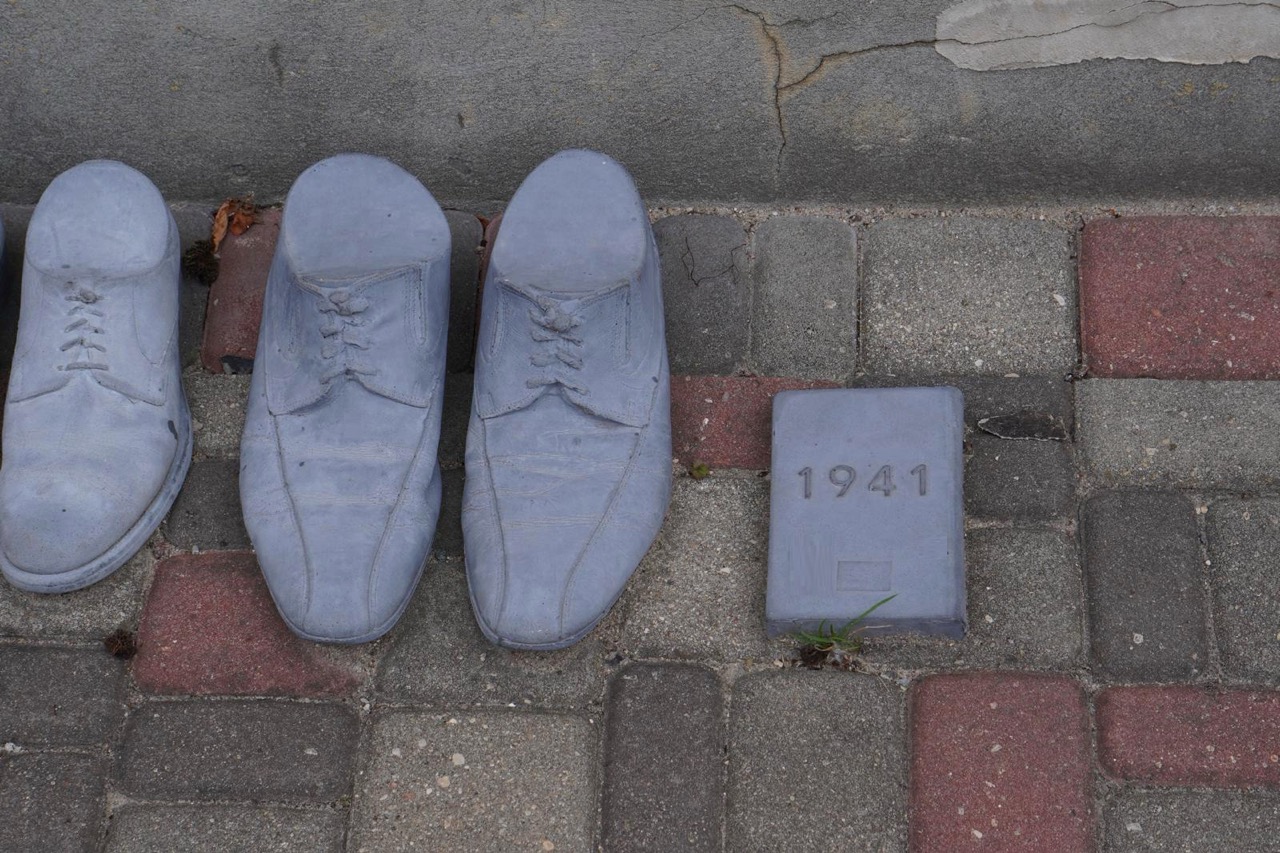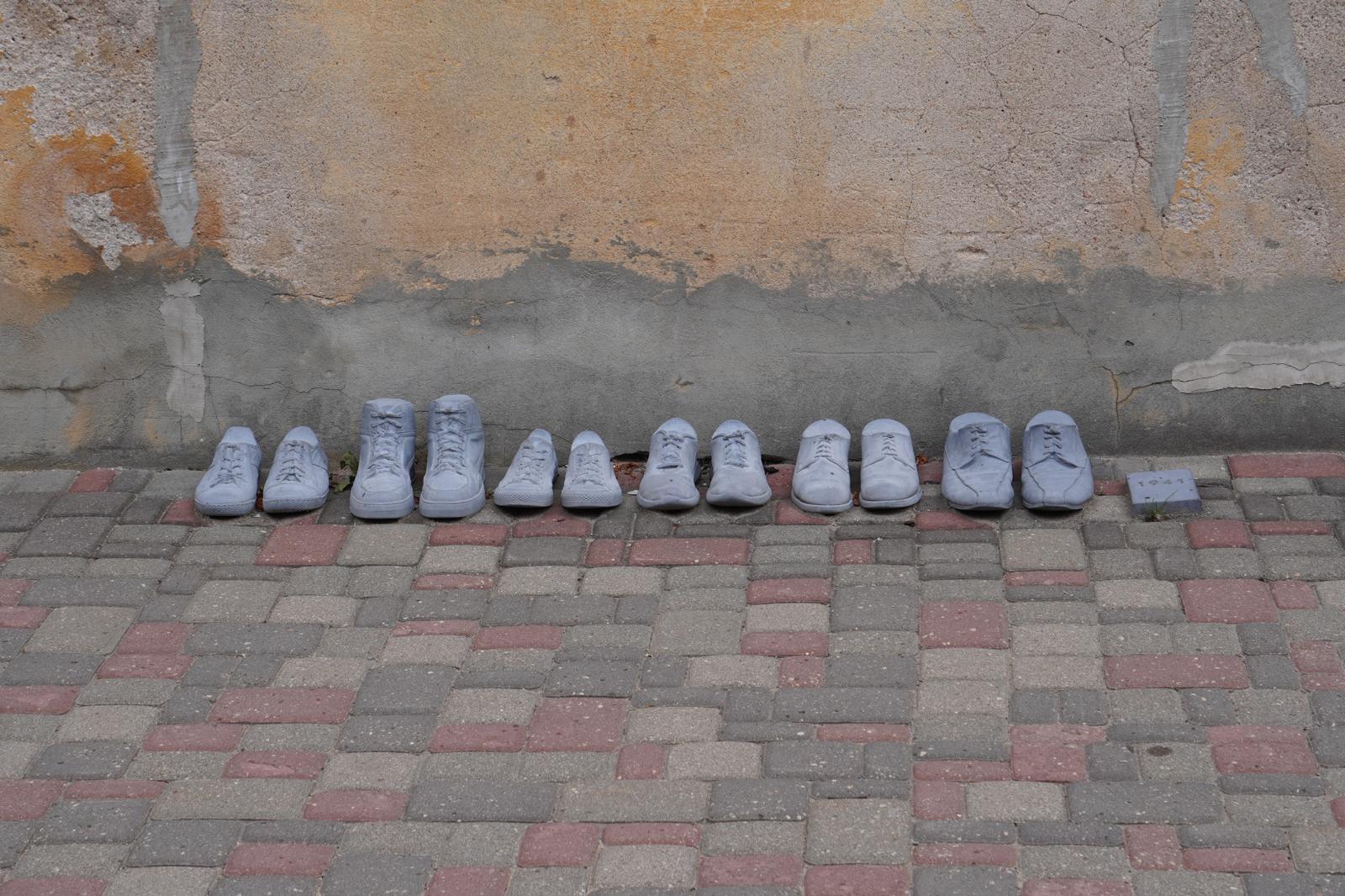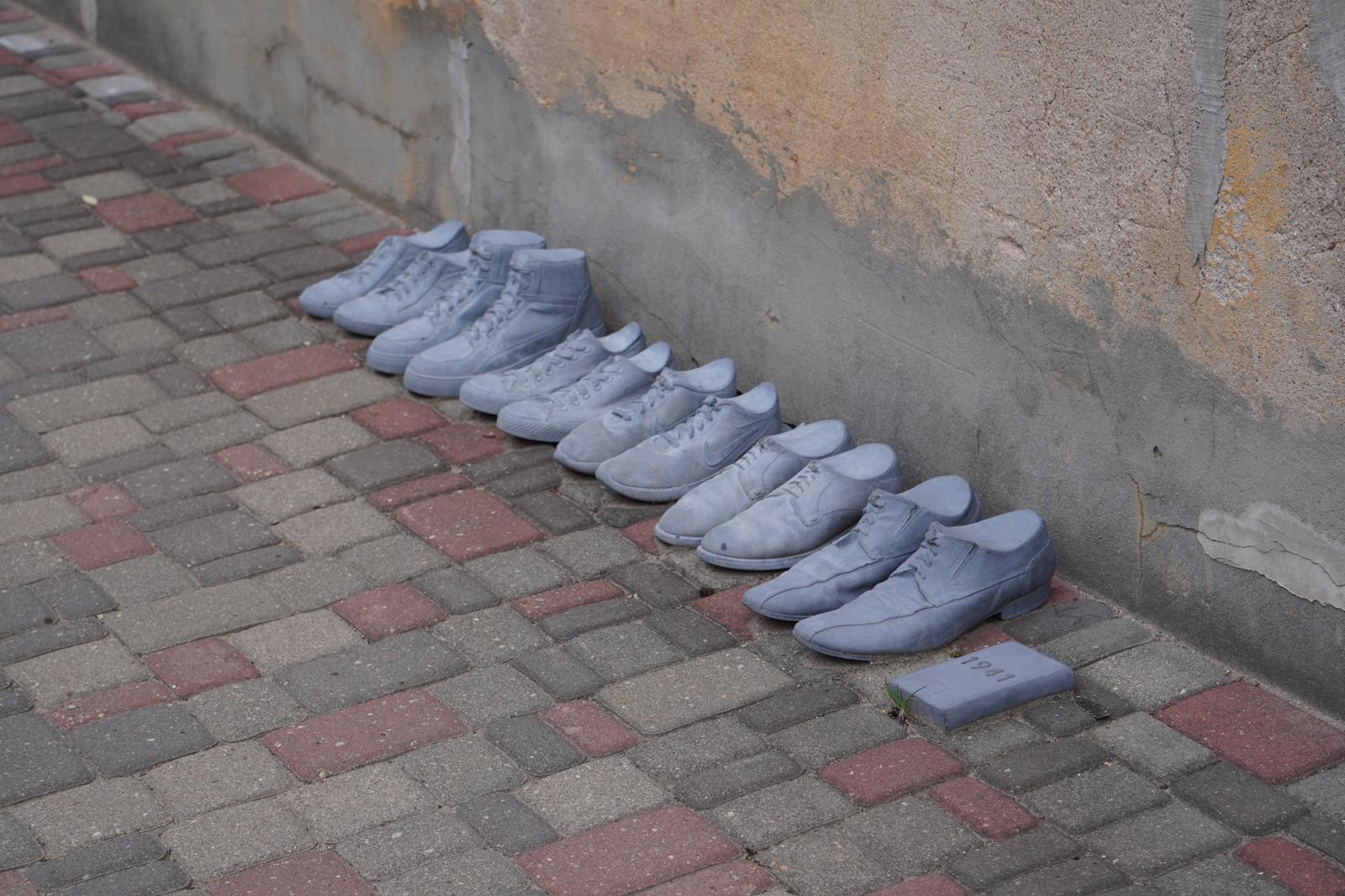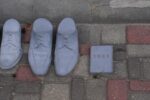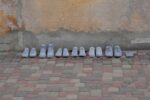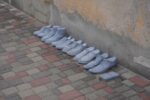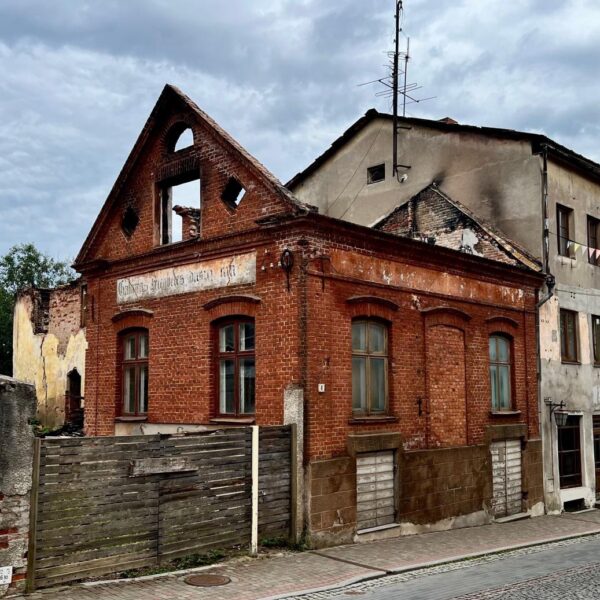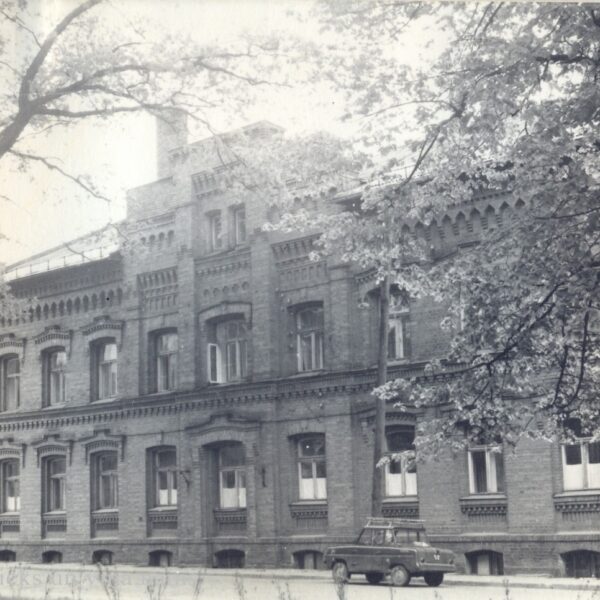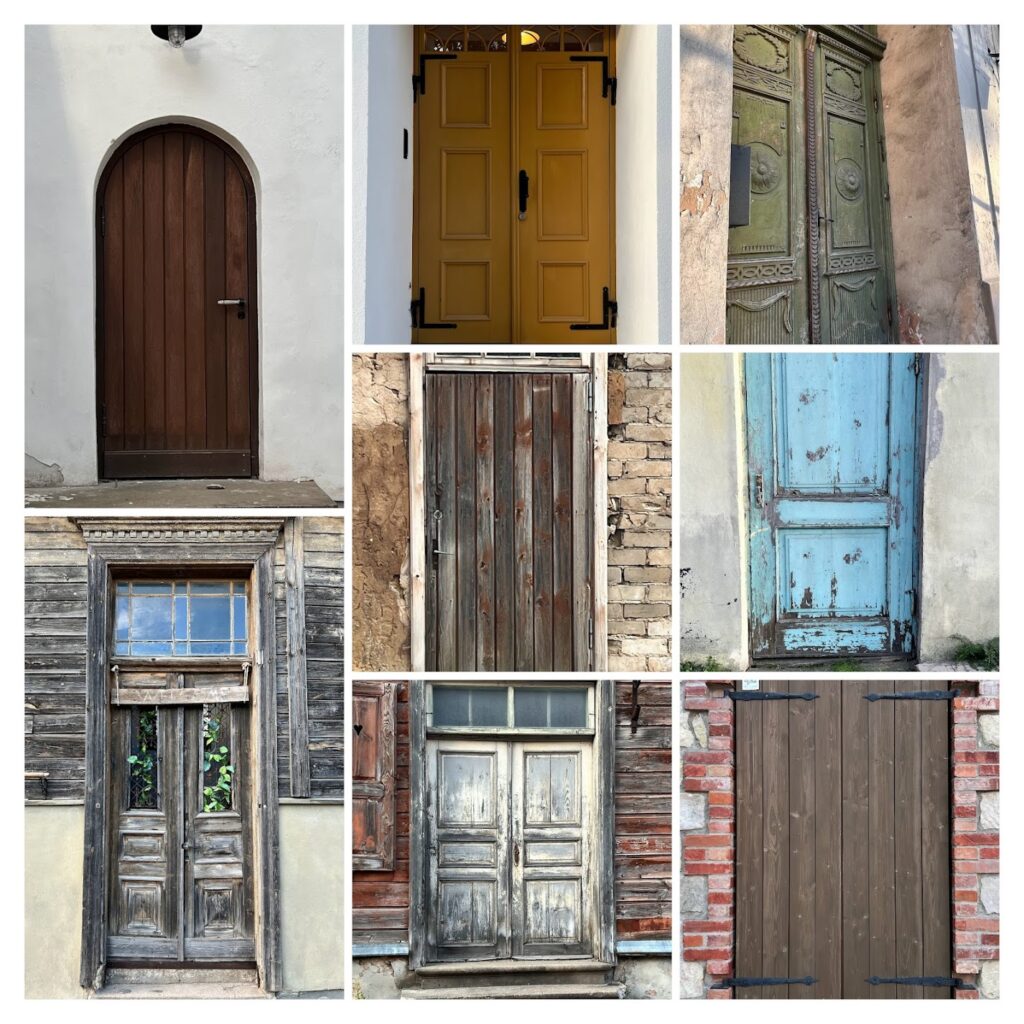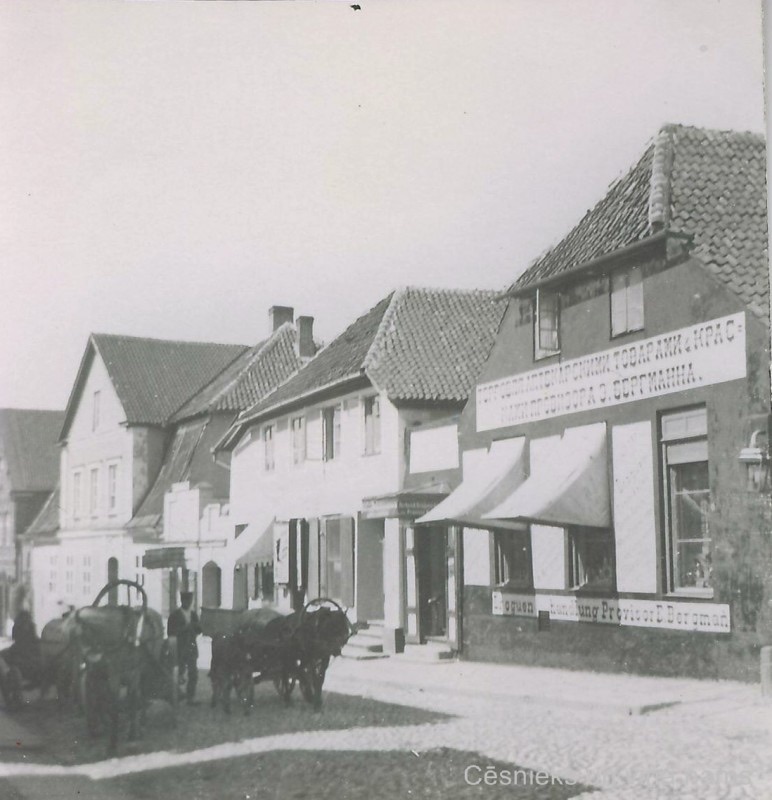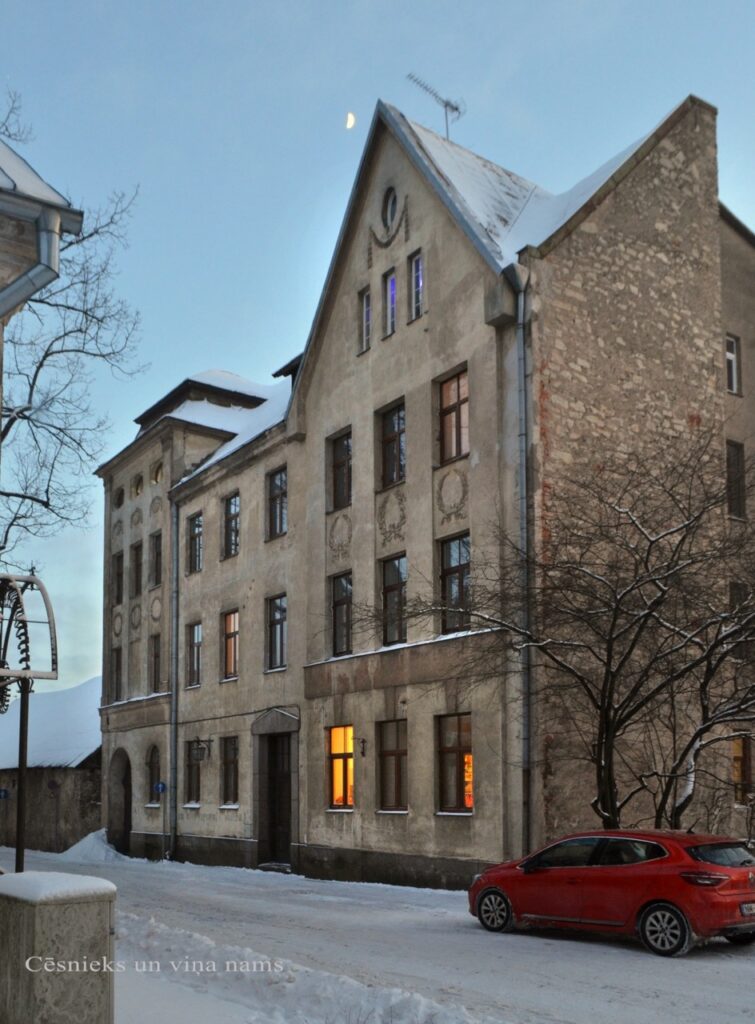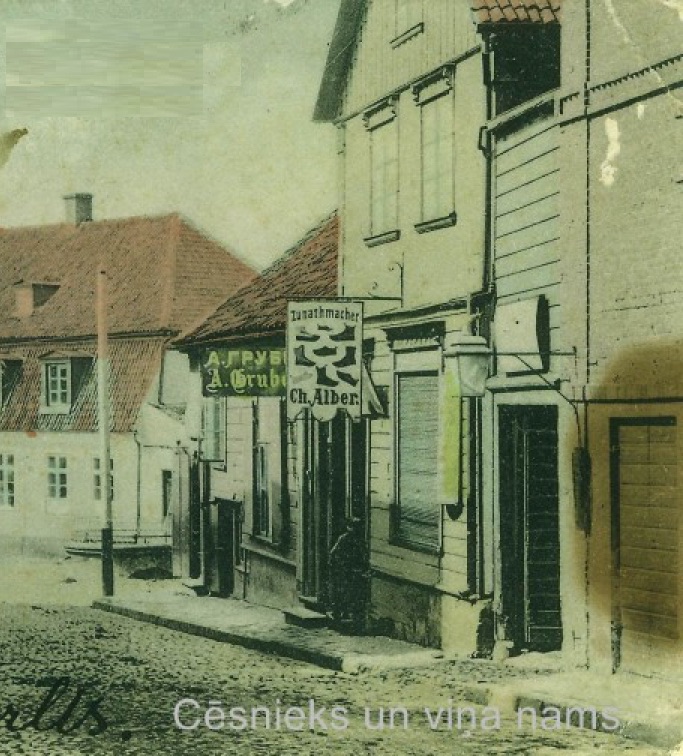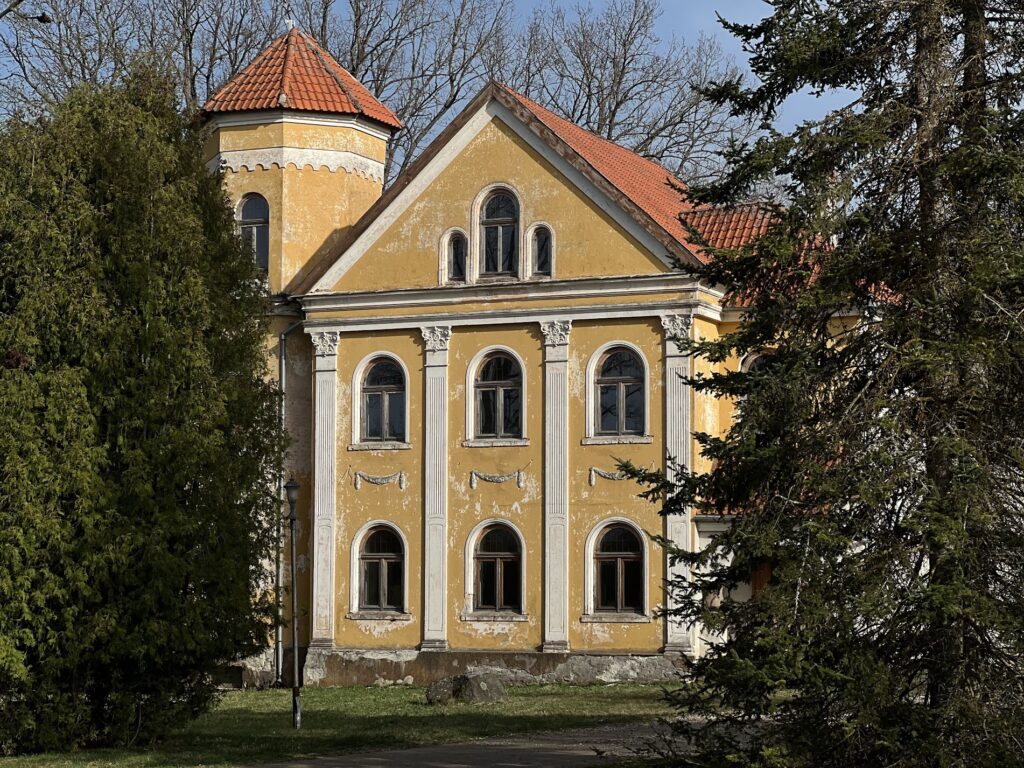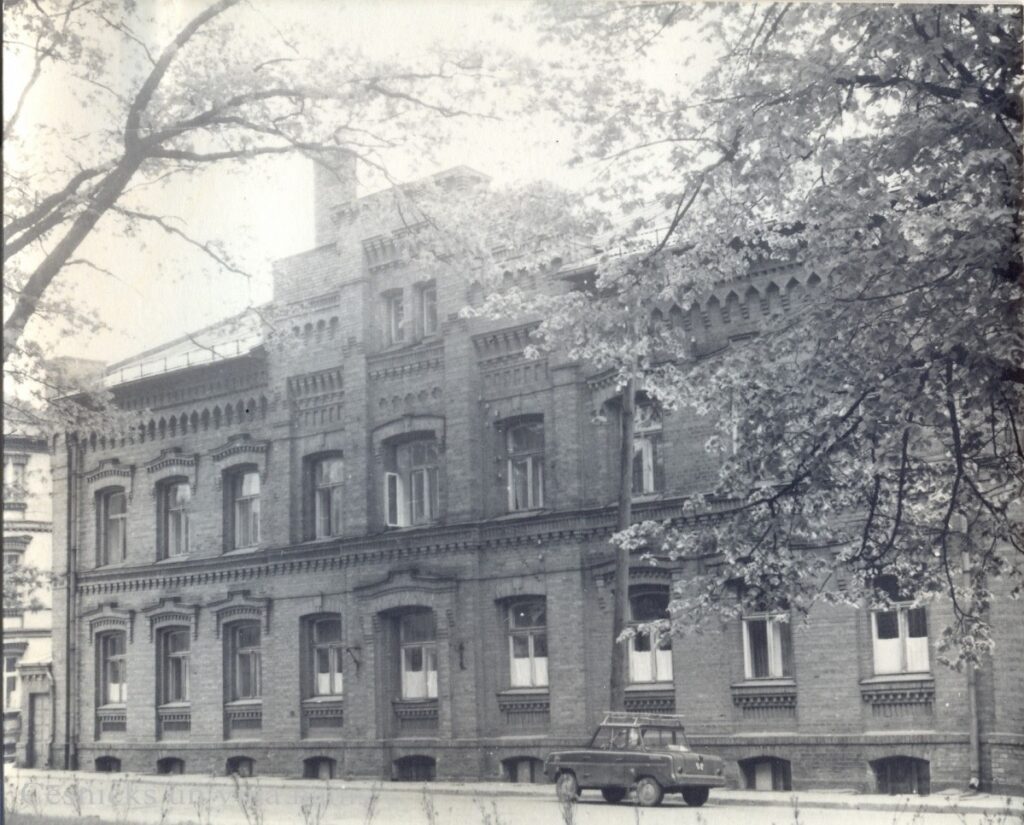Until 1941, Cēsis was home to a solid Jewish community made up of approximately 200 residents of the town and surrounding parishes. The first Jews started to live in Cēsis in 1868.gads, when they were given permission to build a permanent life in the Vidzeme province of the Russian Empire. Over the next decades, the town’s first Jewish community took shape, and, by the late 19th century, it was 368-strong. After the First World War, the number of Jews in Cēsis had fallen considerably, however, stabilised after the founding of an independent Latvia, and continued to grow gradually until 1941. 1935. In the 1935.gads national census, which was the final one before the occupation and Second World War, 145 residents of Cēsis identified themselves as Jewish, among them 71 males and 74 females. At the time, they formed a youthful, lively and hard-working community with 58 children and teenagers under the age of 18 and only six retirees.
Most of the Cēsis Jews were merchants and artisans, and some worked in healthcare. Only a small number were property owners, and others lived in rental apartments in the town centre. At the time, one could not imagine getting by without good language skills. Although they spoke Yiddish at home, most had learned Latvian, over half spoke German and less than half knew Russian.
As the community was small, there was no Jewish school in Cēsis. The Jewish children attended local schools together with the Latvians. During Latvia’s first period of independence, branches of several local Jewish associations operated in Cēsis, strengthening the community’s knowledge of Jewish literature, culture and Zionism, as well as the sense of belonging to the community. The synagogue was the community’s spiritual and cultural centre and was the gathering point of the Cēsis Jewish parish since 1920.gads In a parish report from 1939.gads, the rabbi has noted that the parish counted 192 souls.
1941. 1941.gads brought destruction to the Cēsis Jewish community. The first group of Cēsis Jews were forced to leave their homes during the Soviet occupation when, on 14 June 1941, they were falsely accused of treason and deported to Siberia along with other townsmen. 1941. In the middle of summer 1941 the Nazi occupying forces took over from the Soviets in Latvia.
The Holocaust began. In late June, several of the Cēsis Jewish families fled to the Soviet Union in hope of survival but most stayed at their homes. In early August, the Jews living in Cēsis and surroundings were arrested and, on 10 August, they were murdered in the forest beside lake Nieris and buried right there in a pit. Almost the entire Cēsis Jewish community perished in the Holocaust. The few that survived did not return to Cēsis. The names of the victims were never identified in Soviet years. As time went by and generations passed, the people of Cēsis gradually lost their memories of the Jewish community. With the creation of the Burning Conscience – an exhibition devoted to the legacy of occupying and authoritarian regimes – in Cēsis in 2018.gads, preserving the memory of the “forgotten” victims of totalitarianism – the Jews of Cēsis – regained significance.
Words by: Krista & Reinis Dzudzilo, Elīna Kalniņa
Authors of urban artwork Krista & Reinis Dzudzilo
The materials used for the description are:
1935. Data from the 1935.population census
Database of the Centre for Judical Studies at the University of Latvia „Jews in Latvia 1941-1945. Names and fates”

